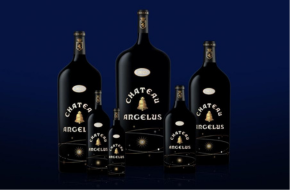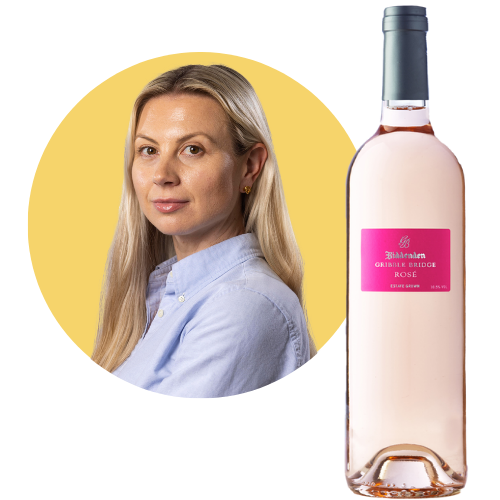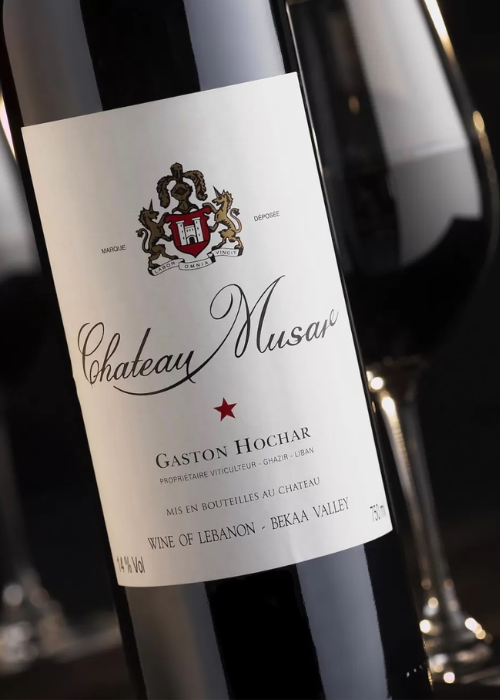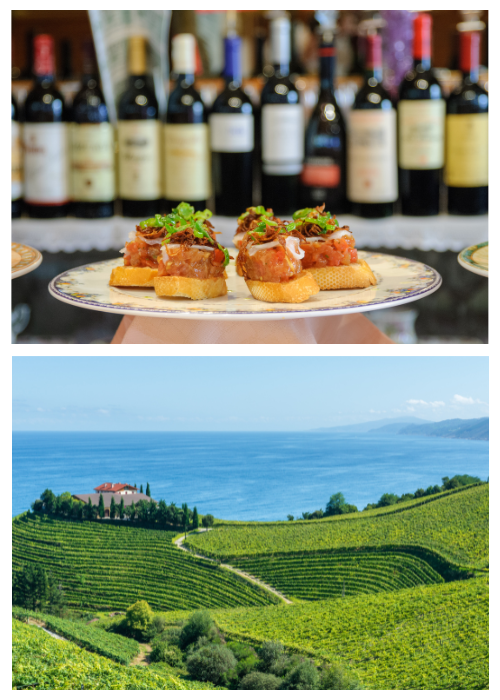The winemaking techniques of the Hochar Family
At the heart of Chateau Musar's success lies its unwavering dedication to traditional winemaking techniques, passed down through generations of the Hochar family. Embracing organic and sustainable practices, the winery eschews modern inventions, allowing nature to shape the character of each vintage.
Hand-harvested grapes, indigenous yeast fermentation, and extended ageing in French oak barrels are a few hallmarks of Chateau Musar's winemaking philosophy. Chateau Musar practices minimal intervention winemaking, using natural yeasts and eschewing filtration and fining techniques. This meticulous approach yields wines of remarkable complexity and nuance, evolving gracefully over time to reveal layers of flavour and texture.
Situated at the crossroads of ancient civilisations, the Bekaa Valley boasts a terroir ideally suited for winemaking, characterised by its limestone-rich soils, Mediterranean climate, and high-altitude vineyards. The valley's warm days and cool nights create optimal conditions for grape ripening, resulting in wines that strike a harmonious balance between fruit expression and acidity.
Chateau Musar is famous for its unconventional blends, often incorporating Bordeaux grape varieties like Cabernet Sauvignon, Cinsault, and Carignan. This unique terroir imparts a distinctive character to Chateau Musar's wines, imbuing them with a sense of place and identity that sets them apart on the global stage.
A glimpse into Chateau Musar's vintage distinctions
For enthusiasts seeking to experience the pinnacle of Chateau Musar's craftsmanship, exploring the winery's cellar is a journey through time and terroir. While each vintage tells a story, specific years stand out for their exceptional quality and ageing potential. Critically acclaimed vintages such as 1999, 2001, and 2010 showcase the depth and complexity that define Chateau Musar's wines, with critics lauding their balance, structure, and age-worthiness.
- • 1999 Chateau Musar Rouge
"A vintage that showcases the resilience and complexity of Musar's vineyards amidst challenging conditions. The wine reveals a tapestry of dark fruits, leather, and spice, with a robust structure that promises further evolution."
- Jancis Robinson
- • 2001 Chateau Musar Rouge
"An exceptional vintage for Chateau Musar, the 2001 combines elegance with power. Layers of cassis, dried cherries, and a hint of tobacco lead to a silky, enduring finish. A testament to the winery's craftsmanship."
- Robert Parker's Wine Advocate
- • 2010 Chateau Musar Rouge
"The 2010 vintage is a vibrant expression of the Bekaa Valley, with a lively bouquet of red berries, violets, and a touch of oak. The palate is well-rounded, with a refreshing acidity that complements its depth."
- Wine Spectator
These wines, with their fruity, velvety tannins and lingering finish, exemplify the mastery of the Hochar family and the unique terroir of the Bekaa Valley.
Chateau Musar's performance in the Cult Wines Top 100 Wines of 2023 Analysis underscores its exceptional standing in the wine investment market, driven by impressive short-term and long-term returns.
With an average 1-year return of 34.2%*, it significantly outpaces many of its peers, reflecting strong demand and appreciation for its vintages. This immediate growth, coupled with an 89.4%* return over three years and a remarkable 164.4%* over five years, positions Chateau Musar as a premier choice for those seeking investment-grade wines.
Moreover, Chateau Musar's strategic market positioning amplifies its appeal among a wide audience of investors and collectors. Despite its stellar performance, it maintains an accessible average price point of £60 per bottle, compared to others mentioned in our Top 100 Wines of 2023, with an average of £1,347.
This blend of affordability, quality, and strong market performance cements Chateau Musar's status as a key player in the global wine investment landscape.
Honouring tradition and embracing innovation
As Chateau Musar continues its journey into the future, the legacy of Serge Hochar lives on, inspiring a new generation of winemakers to push boundaries while staying true to their roots. In the heart of the Bekaa Valley, amidst vine-clad hills and sun-drenched landscapes, Chateau Musar stands as a testament to the enduring power of passion, perseverance, and the pursuit of excellence in winemaking. With each bottle bearing the Chateau Musar label, wine enthusiasts are invited to embark on a sensory voyage through Lebanon's rich winemaking heritage.
*Source: Cult Wines and Wine-Searcher, analysing performance from January 1st, 2023, to December 31st, 2023.





